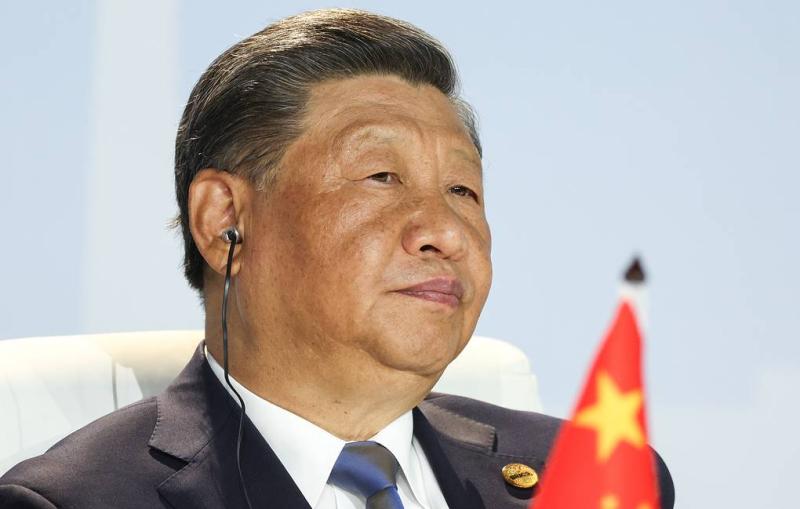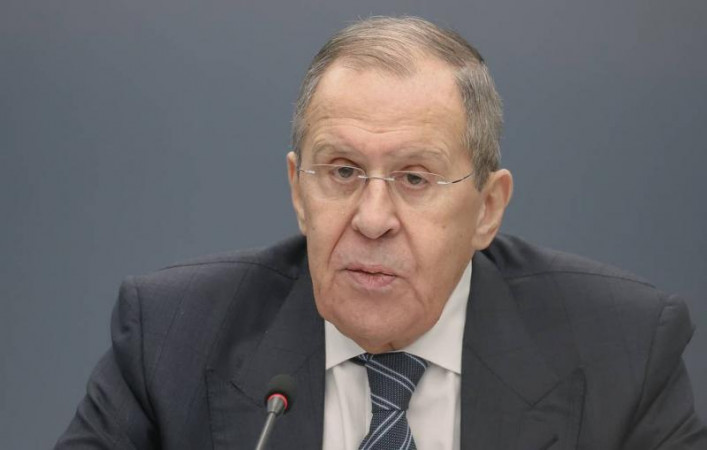
Having lost ground in Iraq and Syria ISIS (a terrorist organization, banned in Russia) faced a serious reduction of cash flow, pointed out Dmitry Feoktistov, Deputy Director of the Department on New Challenges and Threats at the RF Foreign Ministry. He says, the ISIS “budget” has shrunk from $1.8 billion in 2014, when they were at the top of their popularity, to some $400 million in 2017. The earnings of regular militants have decreased by 90%.
However, Feoktistov notes that, despite its defeat in the Middle East, ISIS “still has the potential and ability to carry out terrorist attacks, recruit new members and spread its ideology”. The militants are fleeing Iraq and Syria to Afghanistan and, for that matter, the situation in that country looks even more worrying. ISIS openly declares its ultimate goal which is overthrowing the governments in Afghanistan, Russia and Central Asia countries, seizing their territories to create a quasi-state of North Khorasan.
Seventeen years of the US military presence in Afghanistan have not resulted in making the country a more secure location. The First Deputy Chairman of the Senate Mohammad Alam Ezadyar does not believe that further increase of NATO presence would solve the problems that have been piling up for a long time. "In my view, the US-led coalition forces in Afghanistan pursue their interests, not the interests of our country,” – the politician said.
"Currently, Daesh fighters are moving from Syria and Iraq to Afghanistan which is direct threat to Central Asia countries, Caucasus and China. We believe, it's part of a strategic plan developed by the world's major powers,” Ezadyar claims.
Similar statements have been coming from the Iranian Ministry of Defense. At the end of January this year Ahmad Vahidi, former Defense Minister of Iran, pointed out that after the defeat of ISIS in Syria and Iraq Western forces were relocating terrorist groups to Afghanistan and Central Asia. In his February interview to Tasnim News Agency Mohammad Bagheri, Chief of Staff for the Armed Forces of Iran, indicated that “once the Americans saw the downfall of ISIS and other organized terrorist groups in Syria and Iraq, they began sending them to Afghanistan in many different ways, and today, as a result, we are witness to more explosions terrorist attacks and crime in Afghanistan.”
Besides, the US is actively supporting the fighters providing them with provisions, apparel, weapons, munitions and equipment. As early as last summer media reported unidentified aircraft bringing ISIS fighters and weapons to Afghanistan.
This information was confirmed by locals. Haji Zahir Qadir, the Member of the Parliament in Eastern Nangarhar Province, told Fergana News Agency that he and his friends “have repeatedly witnessed the transfer of Daesh foreign mercenaries in helicopters without identification signs. They were transferred to the northern region of the country from the Achin district of the Nangarhar Province." "Also, we saw that helicopters occasionally transport large boxes, whether with weapons, or provisions, as well as new motorcycles for Daesh foreign mercenaries,” he added.
One of the generals from the Afghan National Army in a northern province who would not give his name, says: "Northern region of Afghanistan has already been under the Daesh for one and a half - two years; local authorities are unable to fight them. We saw this with our own eyes how foreign military that are under NATO's roof in Afghanistan, openly supply and support Daesh militants. They use helicopters without identification marks."
Russia has repeatedly demanded explanation from the US. The questions were based on reports from Afghan provinces that the unidentified helicopters which were “in all likelihood the helicopters used by NATO forces”, carried out flights “to the regions where militants were based”. However, Washington “tries to avoid responding to these legitimate questions”.
“We are worried that the US and NATO forces in Afghanistan deny ISIS presence in that country. However, according to our sources, ISIS has built up considerable force in northern and eastern Afghanistan – amounting to several thousand terrorists. It increases a risk of terrorists entering Central Asia, which is an easy route into Russia,” stressed Sergei Lavrov, RF Foreign Minister.
Thus, Afghanistan and Central Asia states are turning into another hotbed of terrorism threat, after the Middle East. The official statements and evidence provided by the local people, suggest that ISIS steps up its presence in the region, bringing in militants who fled Syria and Iraq, using local terrorist units and massive recruitment of young people from the Central Asian republics. The international community turns a blind eye to these alarming trends. This is obviously done in the interests of the US and its allies who aim at taking control over the region by supporting terrorists and using them to destabilize the situation in Central Asia, Russia and China.


